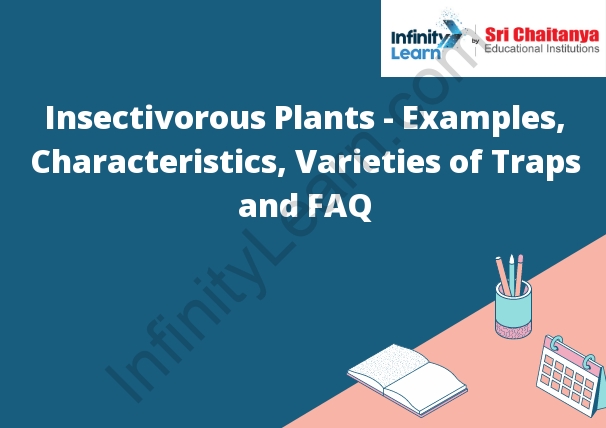Table of Contents
What are Insectivorous Plants?
Insectivorous Plants – Examples:
Insectivorous plants are those that derive some or all of their nutrients from trapping and consuming insects. The most common type of insectivorous plant is the Venus flytrap, which catches and digests insects with a set of specialized leaves. Other types of insectivorous plants include pitcher plants, sundews, and butterworts.

Examples of Insectivorous Plants
There are many different types of insectivorous plants, but they all have one thing in common – they eat insects.
- One type of insectivorous plant is the Venus flytrap. The Venus flytrap grows in sunny, wet areas near swamps and bogs. The plant has leaves that look like a pair of green pincers. When an insect lands on a leaf, the plant’s sensors detect the movement and the leaves close around the insect. The plant then digests the insect with a special enzyme.
- Another type of insectivorous plant is the pitcher plant. The pitcher plant grows in wet areas near bogs and streams. The plant has leaves that look like a pitcher or a cup. The inside of the leaf is filled with a liquid that attracts and traps insects. The plant then digests the insects with a special enzyme.
Characteristics of Insectivorous Plants
There are a variety of insectivorous plants that have evolved various strategies for trapping and digesting insects.
- Some plants have sticky glands on their leaves that trap insects, while others have downward-pointing hairs that make it difficult for insects to escape once they’ve landed.
- Many insectivorous plants also produce digestive enzymes that break down the insects’ exoskeletons and tissues.
Pictures of Insectivorous Plants
- Insectivorous plants are plants that have adapted to consume insects for nutrients. There are many different types of insectivorous plants, but they all have features that allow them to capture and digest insects.
- One common type of insectivorous plant is the Venus flytrap. Venus flytraps have leaves that are covered in tiny hairs. When an insect lands on a hair, it triggers a mechanism that causes the leaf to close quickly. The leaves of Venus flytraps are also armed with tiny teeth that help to trap and digest the insects.
- Another common type of insectivorous plant is the pitcher plant. Pitcher plants have pitcher-shaped leaves that contain a liquid that dissolves the insects that fall into it. The liquid is then absorbed by the plant to provide it with nutrients.
- Insectivorous plants have evolved to consume insects because they are a rich source of nutrients. Insects are also an easy prey for plants, since they are unable to escape. Insectivorous plants provide an important service by helping to control the population of insects in the environment.
Varieties of Traps in Insectivorous Plants
There are many types of traps in insectivorous plants, but the most common are probably the pitcher plant and the Venus flytrap.
- The pitcher plant has a deep, hollow leaf that forms a cup-like structure. Insects that wander inside are unable to climb back out, and eventually fall into the liquid at the bottom of the leaf, where they drown and are digested.
- The Venus flytrap has leaves that curl inward when an insect lands on them. The leaves then snap shut, trapping the insect inside. The Venus flytrap slowly digests its prey, consuming up to 2,000 insects per year.







